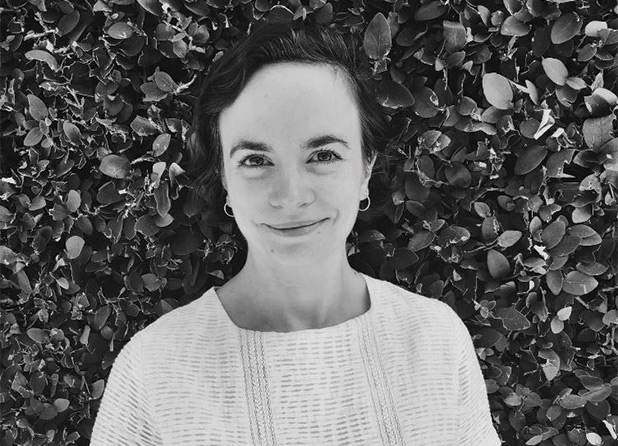Read more here.
To-date, Disruption X hasn’t been discussed much outside TBWA itself, says the network’s global chief strategy officer Agathe Guerrier, speaking from her base in Los Angeles. She describes the new philosophy as an operating system upgrade like you might get on your iPhone (Apple is one of TBWA’s clients).
Fundamentally, we continue to be about Disruption. And that’s what we want people to know us for,” she says. “Disruption X was very much an internal refresh of the way we talk about Disruption and, more importantly, the way we practise it.”
TBWA has what it calls its ‘road map’, which is represented in its offices by a square, a triangle and a circle. (The design is reminiscent of the Korean TV drama Squid Game, but Guerrier says TBWA got there first.) The square represents ‘Convention’, which is transformed by the triangle’s ‘Disruption’ to help reach the circle, the client’s ‘Vision’ for the future.
Across the global network, all agencies had the roadmap, but the way they interpreted it was inconsistent. Guerrier refers to “a semantic slip”. The modernisation of Disruption should help align different parts of TBWA, but Guerrier insists it is not prescriptive. The modules can be addressed in any order, and don’t all have to be used. Their main purpose is to drive new ways of thinking about client problems.
The modules are:
1. Brand economics. This lays out “the growth foundations of the brand,” says Guerrier.
2. Disruptive demand map. This is where TBWA pushes against the conventions of marketing the client’s category, an attempt to find somewhere no one else has thought of, as a “white space for growth”.
3. Disruption directions. These are when the agency “crystalises the brand platform”. It is one of the modules where Disruption X dives deeper than mere Disruption. Guerrier asks: “If this is not just a messaging platform, but really a behavioural platform for the brand, and the business and the company, what are the behavioural pillars through which this is going to come to life?”
4. Disruptive experience map.
If modules 1 to 3 have been building up ideas about the brand, 4 to 6 are where the ideas come to life as experiences. The Disruptive Experience Map should be a single piece of paper that outlines a brand’s different touchpoints – what it means to different people at different times. All its experiences, from packaging to small print to the website, are then given roles as the planning team decides if those roles should be incremental or disruptive to people’s perceptions of the brand.
5. Experience economics.
This module looks in more depth at the brand’s different touchpoints that were laid out in module 4. It proposes KPIs for those experiences, goals, plans for when they go better or worse than anticipated, how and how often they will be tracked, and other specifics.
6. Dynamic value creation.
This module, says Guerrier, “zooms back out of the experience and looks at the optimisation of the entire system”. It is “basically a giant effectiveness model”.
Guerrier downplays any illusion that Disruption X might be a panacea for all marketing worries. She maintains it is neither finished nor “a silver bullet”, but she says it already drives new thinking within TBWA and its clients. Combined with the network’s strong – and growing – intelligence, data and knowledge resources, it is bringing different ideas and value to the market.










